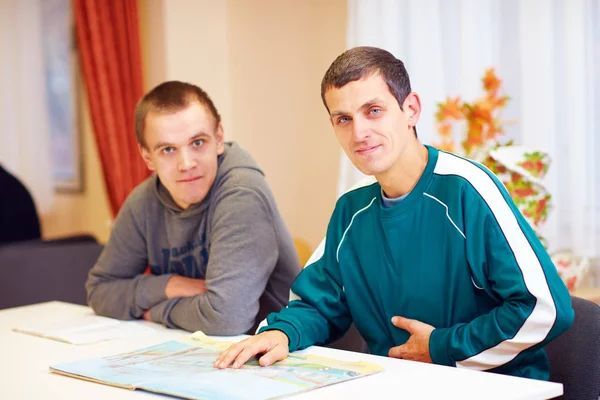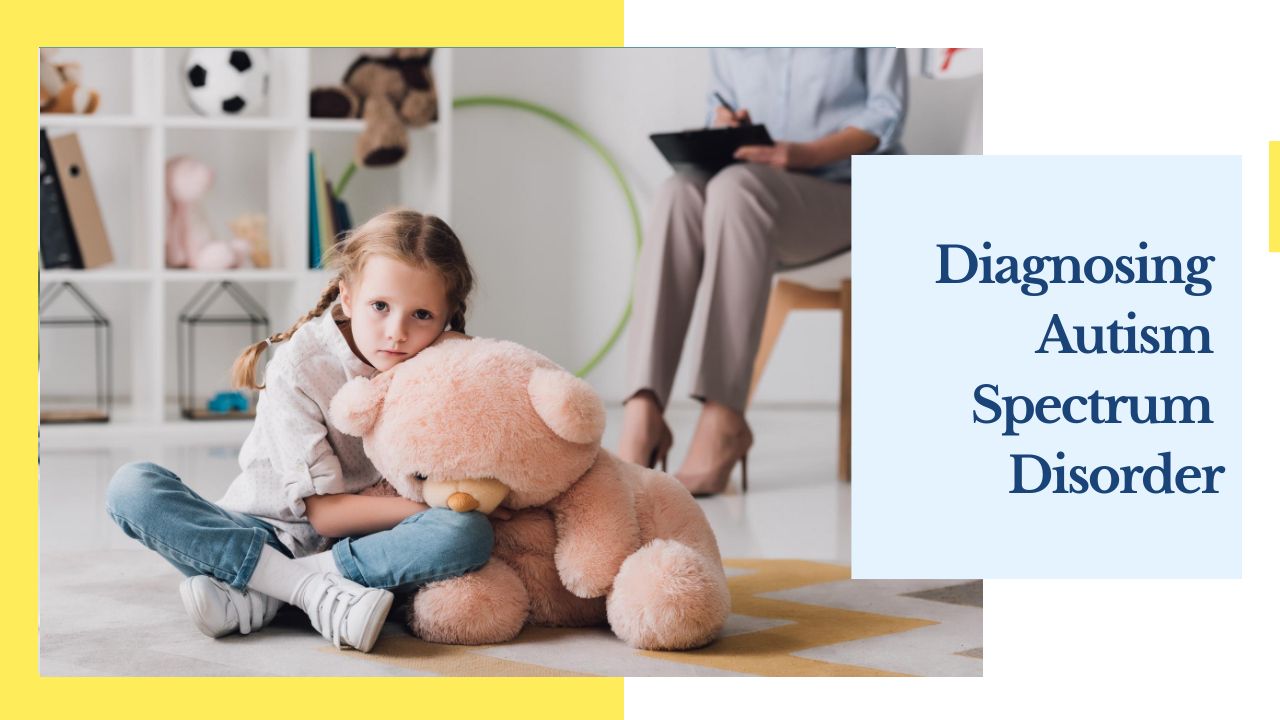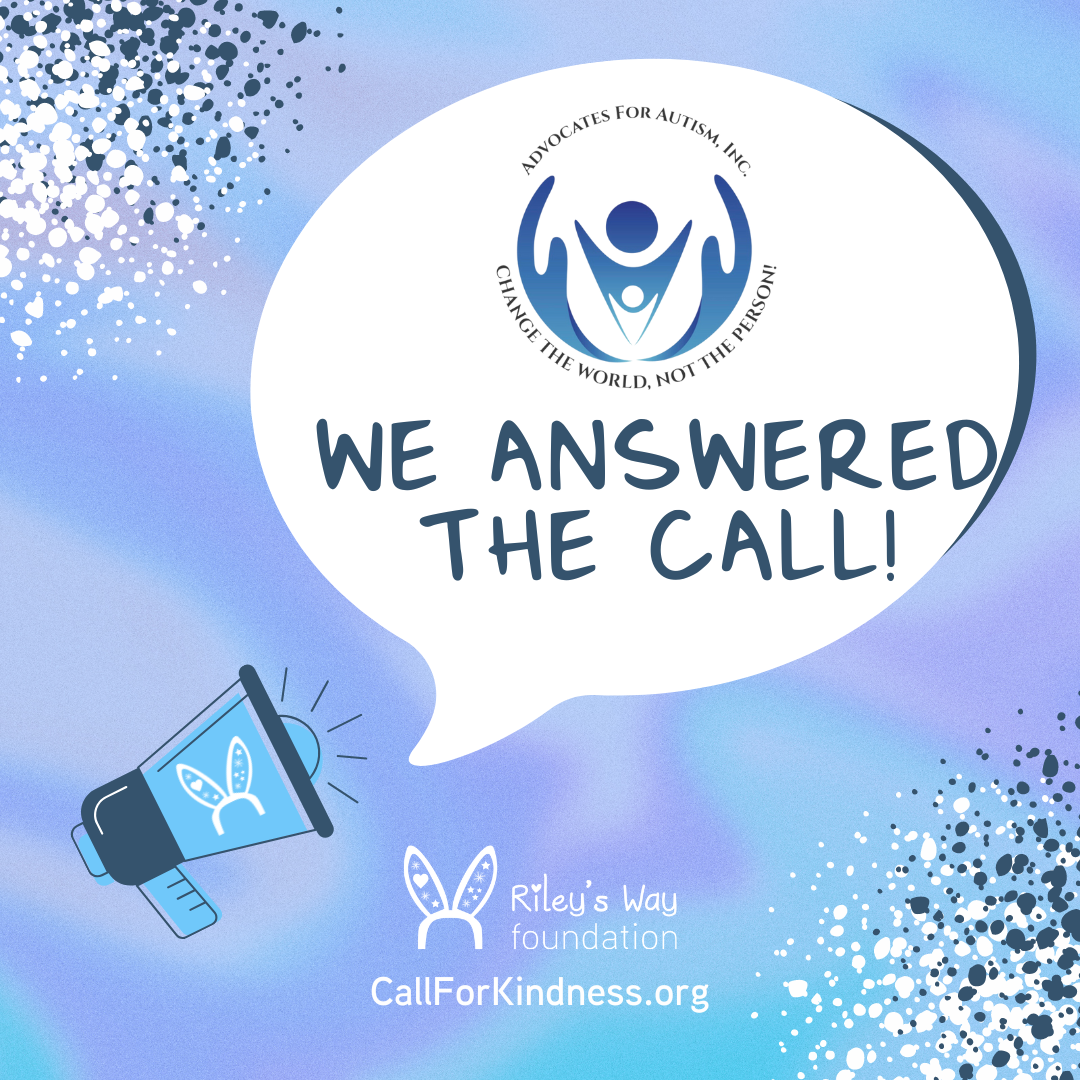Blog: The Spectrum

By Sally Colletti
•
12 Aug, 2017
Telemedicine -- connecting health care providers and patients via computer or smart phone for diagnosis and treatment -- has been making it easier, and more cost-effective, to "see" the doctor. Using a camera-enabled computer or smart phone, patients with common health concerns can get some diagnoses without leaving their homes. Emergency room doctors and nurses are able to communicate with their peers in larger trauma centers via computer, as well. Specific to Autism is the challenging situation to find experts in remote geographical areas including here in Binghamton, NY. And this was a problem 25 years ago and cannot be blamed on the pandemic, though that just worsened it. A University of Iowa study, published in the journal Pediatrics, shows that parents with children on the autism spectrum are able to have a specialist address challenging behavior in these children by interacting over the computer, too, and at less than half of the cost of receiving similar care in person. "A lot of kids who are on the autism spectrum have significant problems with behavior," says Scott Lindgren, PhD, professor of pediatrics in the Stead Family Department of Pediatrics at University of Iowa Carver College of Medicine, and lead author of the study. "These kids may have trouble following directions, or have problems when there are changes in their schedule or routine. They also don't always have good enough communication skills to be able to explain to someone why they're getting upset or having a meltdown." Already we are seeing providers of telemedicine set up businesses with one being The Autism Tele-medicine Company. They state that they founded the company because they "bring not only the medical expertise, but also the three dimensional experience with the disorder that comes from living with it at home. This combination renders us vastly more empathetic and sensitive to what you may experience all the way from the crushing time of autism diagnosis through your child's adulthood." However, again, they are a private health provider and it is still a provider's choice as to whether or not they will accept public or private health insurance. Another new Telehealth company is www.asyouare.com There you can receive an evaluation. It's the answer during this time of 2 and 3 year waiting lists and travelling hours with your child. If you want to check out a larger center, there are major research centers in the country, particularly those under the National Institute of Health's Research on Autism Centers of Excellence not only provide this service but continue to research its effectiveness. These centers are located at UCSF, Boston University, Emory, UCLA, UNC at Chapel Hill, University of Iowa, and Yale among others.

By Sally Colletti
•
30 Jan, 2017
The Fifth Edition of the Diagnostic and Statistical Manual of Mental Disorders (DSM-5) was released at the American Psychiatric Association’s Annual Meeting in May 2013. ASPERGER'S Disorder no longer is a Diagnosis all its own. The symptoms must meet these criteria now. See below. Must meet criteria A, B, C, and D: A. Persistent deficits in social communication and social interaction across contexts, not accounted for by general developmental delays, and manifest by all 3 of the following: Deficits in social-emotional reciprocity; ranging from abnormal social approach and failure of normal back and forth conversation through reduced sharing of interests, emotions, and affect and response to total lack of initiation of social interaction, Deficits in nonverbal communicative behaviors used for social interaction; ranging from poorly integrated- verbal and nonverbal communication, through abnormalities in eye contact and body- language, or deficits in understanding and use of nonverbal communication, to total lack of facial expression or gestures. Deficits in developing and maintaining relationships, appropriate to developmental level (beyond those with caregivers); ranging from difficulties adjusting behavior to suit different social contexts through difficulties in sharing imaginative play and in making friends to an apparent absence of interest in people B. Restricted, repetitive patterns of behavior, interests, or activities as manifested by at least two of the following: Stereotyped or repetitive speech, motor movements, or use of objects; (such as simple motor stereotypies, echolalia, repetitive use of objects, or idiosyncratic phrases). Excessive adherence to routines, ritualized patterns of verbal or nonverbal behavior, or excessive resistance to change; (such as motoric rituals, insistence on same route or food, repetitive questioning or extreme distress at small changes). Highly restricted, fixated interests that are abnormal in intensity or focus; (such as strong attachment to or preoccupation with unusual objects, excessively circumscribed or perseverative interests). Hyper-or hypo-reactivity to sensory input or unusual interest in sensory aspects of environment; (such as apparent indifference to pain/heat/cold, adverse response to specific sounds or textures, excessive smelling or touching of objects, fascination with lights or spinning objects). C. Symptoms must be present in early childhood. D. Symptoms together limit and impair everyday functioning. There are also 3 “Severity Levels” Level 3: ‘Requiring very substantial support’ Severe deficits in verbal and nonverbal social communication skills cause severe impairments in functioning; very limited initiation of social interactions and minimal response to social overtures from others. Preoccupations, fixated rituals and/or repetitive behaviors markedly interfere with functioning in all spheres. Marked distress when rituals or routines are interrupted; very difficult to redirect from fixated interest or returns to it quickly. Level 2: ‘Requiring substantial support’ Marked deficits in verbal and nonverbal social communication skills; social impairments apparent even with supports in place; limited initiation of social interactions and reduced or abnormal response to social overtures from others. RRBs and/or preoccupations or fixated interests appear frequently enough to be obvious to the casual observer and interfere with functioning in a variety of contexts. Distress or frustration is apparent when RRB’s are interrupted; difficult to redirect from fixated interest. Level 1: ‘Requiring support’ Without supports in place, deficits in social communication cause noticeable impairments. Has difficulty initiating social interactions and demonstrates clear examples of atypical or unsuccessful responses to social overtures of others. May appear to have decreased interest in social interactions. Rituals and repetitive behaviors (RRB’s) cause significant interference with functioning in one or more contexts. Resists attempts by others to interrupt RRB’s or to be redirected from fixated interest. What if One Size does not fit all? Does your child fit the new criteria? Or if you are an adult with ASD, do you? What if those with Asperger’s Syndrome do NOT meet the new criteria above, as I suspect many with Asperger’s won't then what are their options? Try these diagnoses on for size: A 05 Social Communication Disorder T 00 Borderline Personality Disorder T 02 Avoidant Personality Disorder T 04 Antisocial Personality Disorder These are just a sampling. See http://www.dsm5.org for more information.

By Sally Colletti
•
30 Jan, 2017
Unfortunately for families and parents of children like those described above, there is no break from this constant demand. Children and adults with the diagnosis of autism are unique in many ways: The child with Autism does not connect well with his or her environment. Autism manifests itself most strikingly as impairments in communication and in the formation of social relationships. Children with Autism are often nonverbal, or when they are verbal they usually do not use the skill to actively communicate with other people in their environment. Many children with this disability have a strong need for a structured, routine environment; change creates feelings of fear and/or anxiety. Some children even exhibit serious behavioral changes including, at times, self-injury. Another behavior common to Autism is a tendency to wander away. Parents often refer to their children as “Houdini,” stating they are able to escape from even the most secured environment and the family usually has multiple locks on every door and window in the home. When this happens, the child may be in a life-threatening situation, especially if they are already out of the physical sight of their caregiver. Children with Autism often don’t respond to their names consistently, if they respond at all. They rarely understand the many dangers in their environment; an approaching car or a stranger with ill intentions. Many parents report their greatest fears center on their child being missing or if they look away only for a minute; they will find their child gone or darting out into the path of an oncoming car. With the use of a Registered, Trained Service Animal, many families and adults living with autism are able to take their eyes off their child for a brief moment to attend to their other children, answer the phone or even use the bathroom alone! These parents are quite adept at creating opportunities for their children which in turn makes it so their children can remain living with them. To remain as an intact family with a developmentally disabled child is rare. Not only do these parents find a way for their child to remain in their care, saving the state millions of dollars over a lifetime, but found a way for their child to stay living at home and do so safely. The safety is the key. The dog requires specialized training costing thousands of dollars, but without this training, the dog will simply be nothing more than a pet; another living being for the parents to care for. A service dog’s sole purpose for a child with autism is to respond to the child in many ways, such as: The dog will interrupt the behavior of self-harming; social Isolation is lessened as the focus shifts to the dog, opens doors for socialization; enhances verbal skills by using commands for the dog; the dog will crawl onto the child's lap and calm the child; and lastly in LOCATING A LOST CHILD – The dog will have the ability to find child by various methods, i.e., tracking, area search, building search. This is NOT ordinary obedience training that an owner brings the dog to the local vet, vocational school or even use of a video can do. This is training that only a specialized behaviorist can do and the particular behaviorist chosen for this task requires travel on the part of the parents. The parents and anyone who interacts with the dog will need to undertake this type of training in order to ensure the dog’s purpose and role is carried at all times. This may include but not limited to: The parents, the child’s staff, the siblings, and of course the child himself will also participate at some point. The bottom line is safety. This canine companion plays an important role along with the use of locks, fences, 911 and tracking devices to keep a child with autism SAFE and HOME. Having this dog is much more than a pet. It is a large sacrifice on the part of the family. The family has already put all the locks, bolts, video monitoring, GPS devices and alarms on their home that they can. The potential for liability far outweighs the cost of the service dog. Lastly, I now have a Service Dog, for my son. As a dog lover and wanting to provide my son with all the opportunities available to him, a service dog was just the next logical step for our family. One company, located in NY State's Hudson Valley is BluePath Service Dogs and is highly recommended. If you are not in NY State or want a few other choices, try these: www.autismservicedogsofamerica.com ; www.autismassistancedog.com ; www.4pawsforability.org ,







